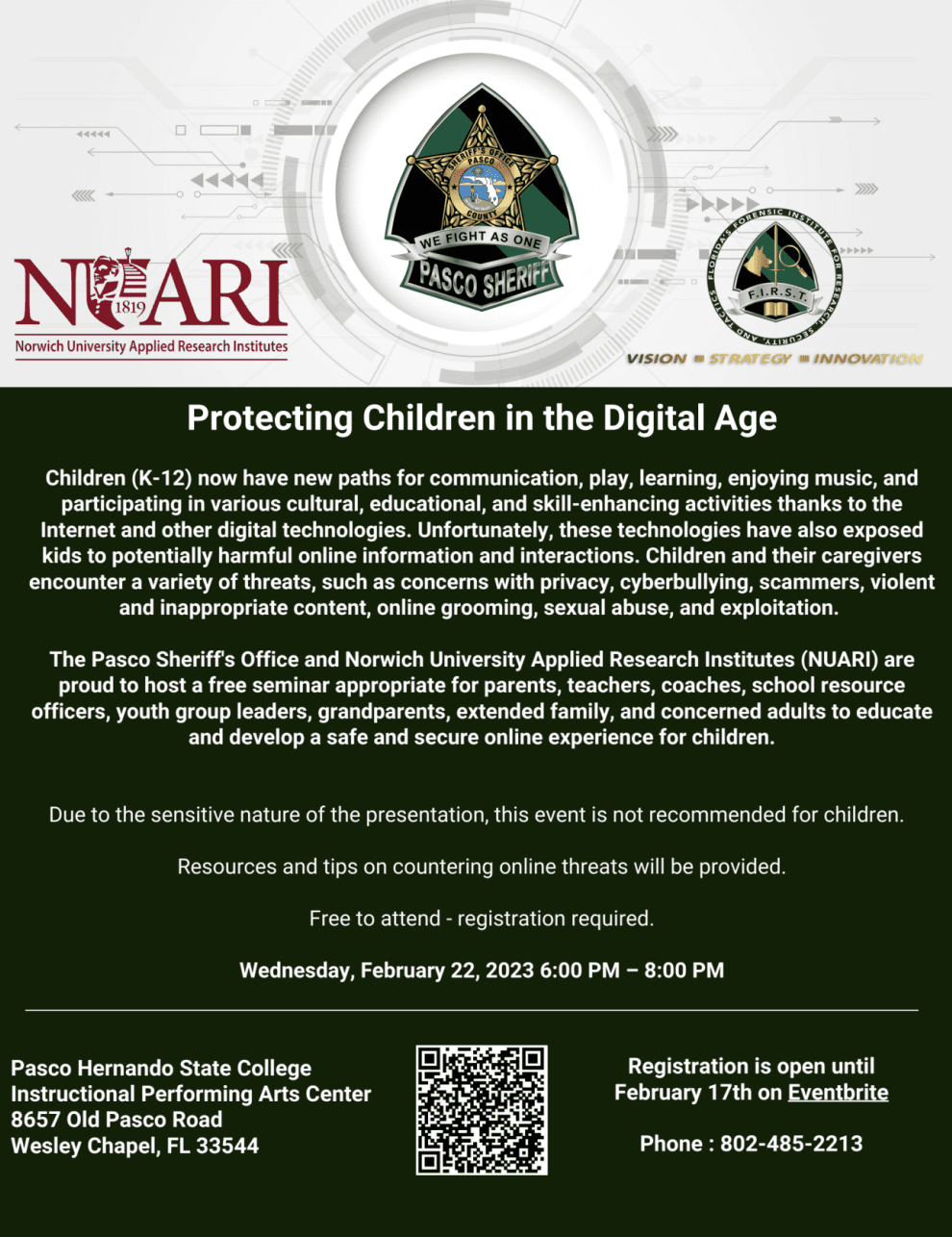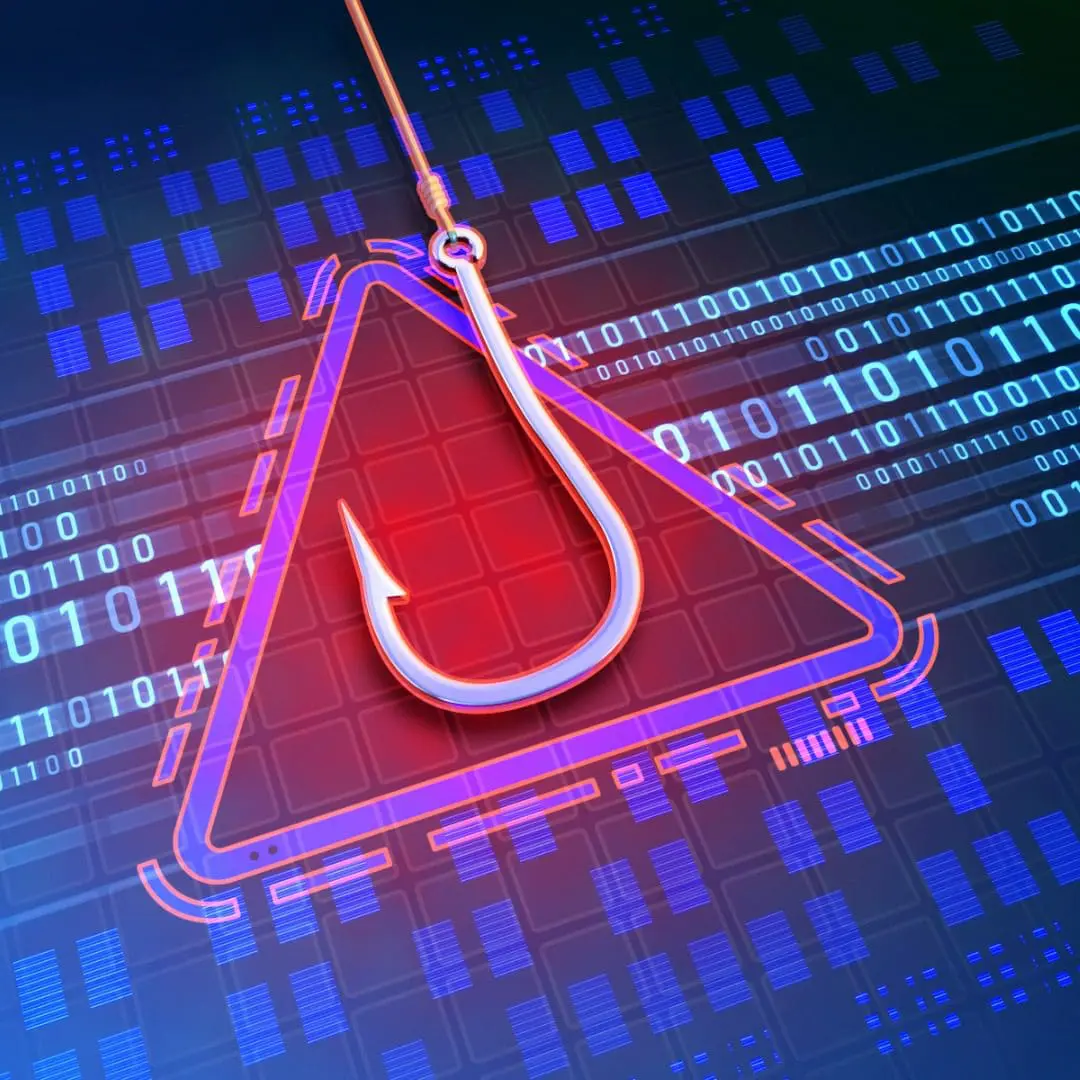Protecting Children In The Digital Age


Phishing is one of the most common types of cyberattacks that can seriously impact both individuals and organizations. These kinds of attacks can take place almost anywhere online; text, websites, and social media, but are most commonly seen in the form of email.
The SlashNext State of Phishing Report for 2022, released in October, found that there was a 61% increase in the rate of phishing attacks in just the first 6 months of the year compared to last year’s data. Not only have the rates of phishing attacks increased, there was a 50% increase in attacks on mobile devices, with scams and credential theft at the top of the list of payloads.
With all of this in mind, it is perhaps more important than ever to stay vigilant against phishing attacks.
Phishing is one of the most common types of cyberattacks that can seriously impact both individuals and organizations. These kinds of attacks can take place almost anywhere online; text, websites, and social media, but are most commonly seen in the form of email.
The SlashNext State of Phishing Report for 2022, released in October, found that there was a 61% increase in the rate of phishing attacks in just the first 6 months of the year compared to last year’s data. Not only have the rates of phishing attacks increased, there was a 50% increase in attacks on mobile devices, with scams and credential theft at the top of the list of payloads.
With all of this in mind, it is perhaps more important than ever to stay vigilant against phishing attacks. Read on to learn more about this type of attack and helpful ways to identify and avoid them.

Phishing is a type of social engineering attack, or an attack that involves psychological manipulation, to steal your personal information or install malicious software on your devices. To accomplish this, cybercriminals will disguise themselves as a legitimate source, such as a well-known company or financial institution, to deliver realistic messages and trick you into giving up your personal information.
Cybercriminals behind these attacks will go to great lengths to make their scams appear legitimate, using the logos and branding of trustworthy sources to disguise themselves. Not only will they create emails under the source’s branding, but they will often create spoofed websites, which are fake websites designed to look legitimate, to accompany them.
The goal of these emails is often to get you to click on a link and enter your personal credentials into the fake website that it leads to. Once that happens, your information will be sent to the attacker behind the scam.
Although it can sometimes be difficult, there are several ways that you can identify a phishing email.
According to fightcybercrime.org, the best ways to identify a phishing email include:
If you clicked on a phishing email link or provided your information, first take a deep breath and know that it can happen to anyone.
As we continue into 2023, it’s guaranteed that cybercriminals will continue to launch more and more phishing campaigns with the hopes of stealing personal information from unsuspecting victims. Remember to always be cautious online and when in doubt, always do your research!
Information retrieved from fightcybercrime.org. For more details on phishing attacks, visit: https://fightcybercrime.org/scams/hacked-devices-accounts/phishing/

We are delighted to announce InfraGard Florida – Tampa Bay Area Members Alliance as our symposium co-sponsor!
Join us for a two-day symposium hosted by Cyber Florida in partnership with the University of South Florida and InfraGard to bring together academic researchers, industry practitioners, and law enforcement professionals to examine the latest intelligence on emerging cybercrime threats. The symposium will serve as a platform for connecting, information-sharing, and problem-solving as these three groups—practitioners, researchers, and law enforcement—work together to mitigate the constantly evolving cyber threat landscape. Agenda coming soon!
Subject to change without notice.
George Burruss, PhD, Professor and Associate Chair, University of South Florida Department of Criminology
Ernie Ferraresso, Director, Cyber Florida
General (Ret.) Frank McKenzie, Executive Director, Cyber Florida
Michael W. Ritchie, President InfraGard – Tampa Bay Members Alliance and Principal, Germinal: Consulting Services & Custom Product Development
Thomas Dearden, PhD, Assistant Professor of Sociology and Criminology, Virginia Tech
Nick Biasini, Head of Outreach, Cisco Talos
LTC ret. Zbigniew Nowak, PhD, and Katarzyna Chałubińska-Jentkiewicz, PhD; Academic Center for Cybersecurity Policy, War Studies University, Poland; Dr. Ryszard Szpyra, Professor of social sciences, head of doctoral studies at the National Defense University; and Dr. Oleg Gushchyn, Taras Shevchenko National University of Kyiv, Military Institute.
Steve Lindsay, Director, Critical Infrastructure Initiatives, XTec
Samantha Tucker, PhD, Cyber Operations Analyst, MITRE
Caitlyn Muniz, PhD, Assistant Professor, The University of Texas at El Paso
George Burruss, PhD, Professor and Associate Chair, University of South Florida Department of Criminology
C. Jordan Howell, PhD, and George Burruss, PhD, University of South Florida
Andréanne Bergeron, Ph.D, Cybersecurity Researcher / Chercheure en cybersécurité, GoSecure
Amin Kharraz, PhD, Assistant Professor of Computer Science, Systems Security Lab at Florida International University
Mark Clancy, Founder Cyber Risk Research and former CISO of Sprint and DTCC, and Khalid Akanbi, Cyber Security Analyst
Supervisory Special Agent Keith Givens, Federal Bureau of Investigation
Joey Hernandez CISM, CISSP, InfraGard Financial Services Sector Chief and Team Lead for Dell/SecureWorks North American Proactive Services
Mehrdad Nojoumian, Associate Professor, Director of the Privacy, Security & Trust in Autonomy Lab, Department of Electrical Engineering & Computer Science, Florida Atlantic University
Shahrzad Sayyafzadeh, Florida A&M University
University of South Florida – Tampa
Marshall Student Center Grand Ballroom (2nd floor)
4103 USF Cedar Cir, Tampa, FL 33620
After obtaining a parking pass from the Campus Information Center off of Leroy Collins Blvd (instructions provided via email to registrants), attendees should proceed to the Crescent Hill Parking Facility off of USF Cedar Dr., then walk to the Marshall Student Center. Guests with Disabled Person Parking Permits will find the closest disabled person parking spaces in Lot 3A:E.
n
